Just curious, my blood type is not either parent, I was told. They are both deceased now. I was interested if this could help me and the mystery?
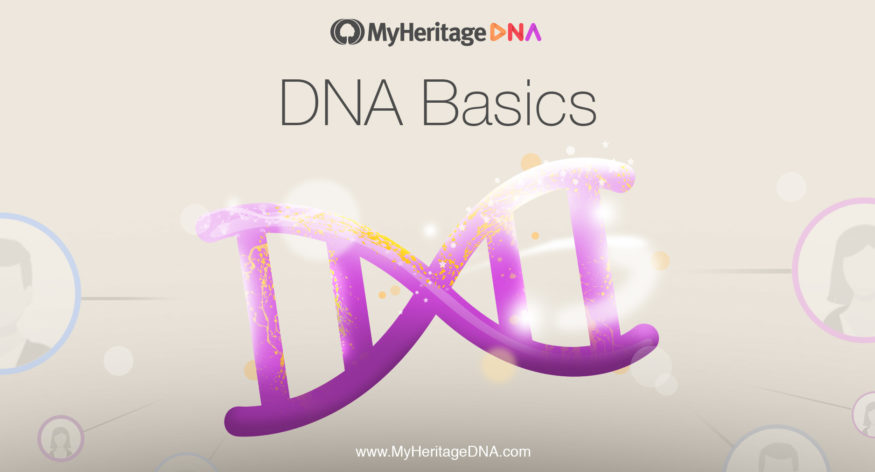

If you’ve been following the DNA Basics blog series, then you already know quite a bit about DNA — from what it is on the molecular level, to how it’s structured, how it’s expressed, and how we test it to tell you where your ancestors were from and help you find new relatives you never knew about.
This month, we want to delve into some common misconceptions about DNA testing.
Myth #1: DNA testing requires spit or blood
Your individual DNA sequence is pretty much the same in almost every cell in your body. That’s very convenient for DNA testing: it means we’re not limited to using the cells in blood or spit. The MyHeritage DNA test is a simple cheek swab. When you gently rub the swab along the inside of your cheek for about 30–60 seconds, epithelial cells are collected on the swab and our lab is able to extract your DNA from those cells.
Myth #2: Because children inherit DNA from their parents, full siblings should get the same results
While it’s true that you inherit 50% of your ethnicities from each parent, you do not necessarily inherit 50% of each of their ethnicities. For example, if your mother is 50% Irish, and 50% Scandinavian, you will not necessarily be 25% Irish and 25% Scandinavian. The ethnic mix you inherit is random. In this example, you might be 10% Irish and 40% Scandinavian. The ethnicities you inherited from your mother should add up to about 50% of your total ethnicity estimate, but there is no way to know within that 50%, how much you have of each of her ethnicities without doing a DNA test.
This is why siblings get different results! Of your mother’s 50% Irish and 50% Scandinavian, she may have passed down 10% Irish and 40% Scandinavian to one child; 20% Irish and 30% Scandinavian to another child.
Myth #3: Your genetic ethnicity estimate will match your known genealogy
There are a number of reasons why your Ethnicity Estimate might not match the ethnicities of the ancestors in your family tree.
If an ethnicity was passed down to you through many generations, you may not have inherited a detectable amount.
You may have inherited unexpected ethnicities from ancestors you never knew about. Even the most robust trees don’t include everyone.
There are also biological limitations to DNA testing like the fact that some populations have similar DNA due to being in close geographic proximity, or to migration patterns that led to mixing of what were previously isolated gene pools. This is why, for example, you might see English when you expected Scandinavian.
Myth #4: All of your ancestors’ ethnicities will appear in your Ethnicity Estimate
While it is true that each generation inherits their ethnicities from the generation before, the amount of each ethnicity that we inherit may vary. For example, if your great-grandfather was part English, he may or may not have passed down all or some of his English ethnicity to his children. Assuming his child — your grandfather — did inherit some English, he may or may not have passed any of it down to his children. Two generations after that, you may or may not have inherited a detectable amount of your great grandfather’s English DNA.
Remember, only half of your ethnicities come from your paternal line and half from your maternal line, which means one quarter of your ethnicities were inherited from each grandparent. The more generations you go back, the less of your DNA can be attributed to each ancestor. Therefore, it is not uncommon to know for a fact that a direct ancestor had a certain ethnicity that does not appear in your Ethnicity Estimate.
If you haven’t done a DNA test, and are curious about how your results will compare to what you expected, you can order a MyHeritage DNA kit or upload DNA data from another company to MyHeritage for free.
Enjoy!




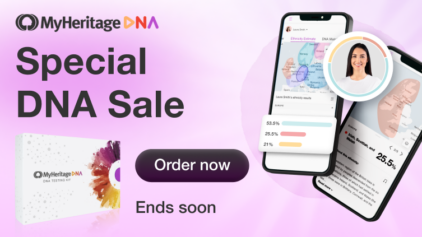
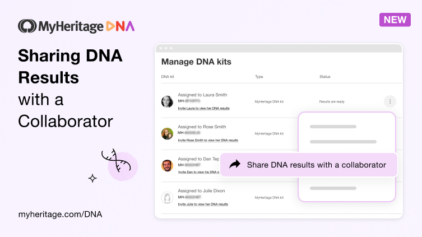
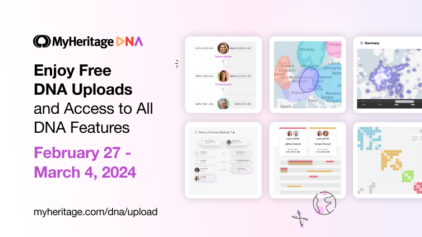
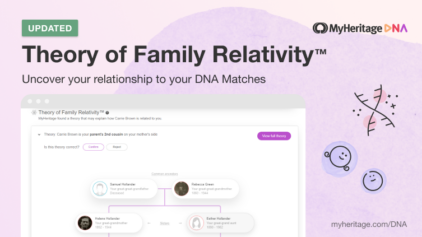
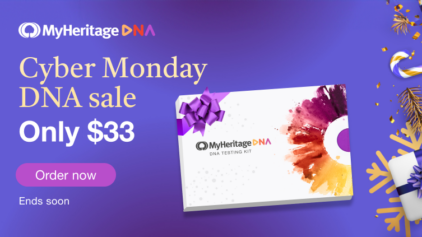
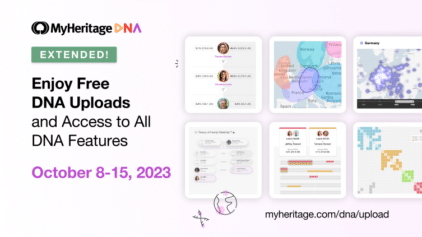
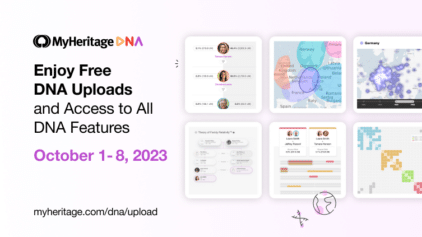
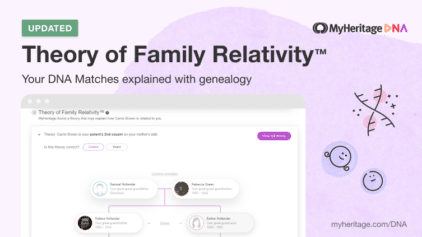

Rosemary
July 12, 2018
Wow! I love this dna stuff!!